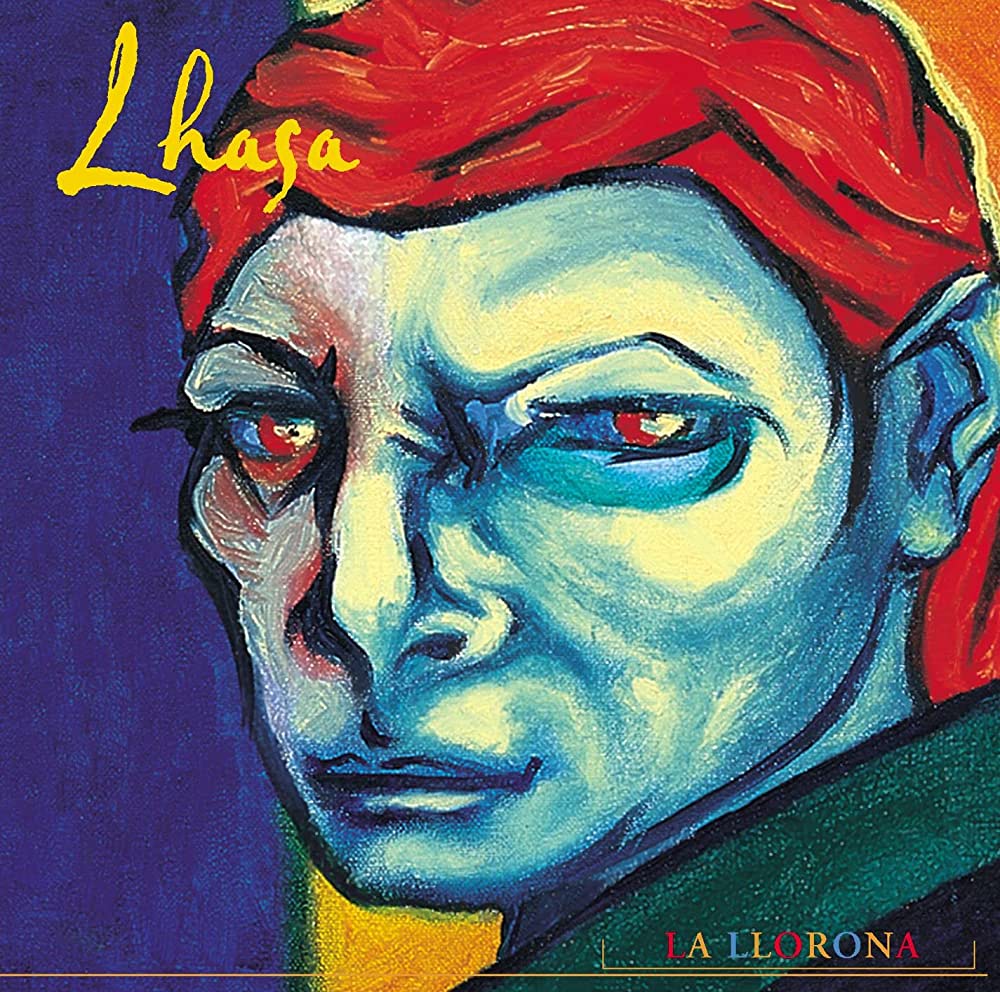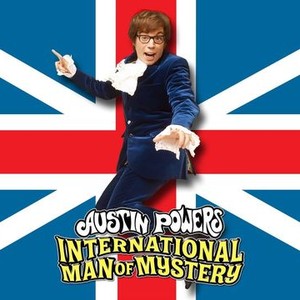
Today I had the great joy of visiting a seminar taught by the fantastic Deena Aranoff at the Graduate Theological Union. The students (who were a delightful interfaith group of very astute people) engaged with Daniel Boyarin‘s theory of midrash.
For the uninitiated (most of us, I assume), midrash is rabbinical commentary on scripture, which illuminates aspects of the text through a variety of hermeneutical and literary devices. Some midrashim remind me a lot of dharma talks–a series of beaded parables, anecdotes, and examples; others, like Ruth Calderon’s retelling of talmudic tales, take the form of a fictionalized narratives. Talmudic era midrashim on the Humash (the first five books of the Old Testament) were collected and published as compendiums, starting with Bereshit Rabbah” and vary in terms of how closely they track the original text. The question that midrash scholars confront is: why did the rabbis do it? What is the point of this commentary?
Prof. Aranoff introduced us to two schools of thought on this. Some commentators see the point of the midrash as the artistry of collecting text selections from scripture–all of which, for the orthodox, are a perfect fit with each other and free of contradiction–and beading them together. Others offer a more critical approach: the midrash is merely a stylized form of commentary that reflects the rabbis’ own ideologies, affairs of the day, etc. Boyarin’s approach is that both perspectives are valid, and each of them as incomplete. Yes, the rabbis were making ideological and philosophical points. But an important aspect of what they were doing, which goes beyond just form, was that their textual universe–the sum of sources that they drew on–was a vast treasure of storytelling of various sorts, styles, and perspectives, which they drew on to make interconnections. If you will, it’s the original art of the hyperlink, or the inspiration for games such as the HipBone Bead Games. The point is that each paragraph of scripture from this immense textual universe can bear on, and illuminate, another; the sophistication is not just on the choices of text but also in drawing the connections.
Today’s selection was a midrash from VaYikra (Leviticus) Rabbah, which focused on the brief mention of the death of the sons of Aaron. I don’t know that I expected lots from Leviticus, which is not what you would call a page-turner: Leviticus is largely a temple operation manual with detailed and completely obsolete instructions on sacrifices and holy tools. Since the midrashim were written long after the temple was gone, the text itself is slim pickings for those reading it literally. But precisely because of this, the rabbis didn’t see themselves as bound to the original text, and wove a tapestry of intertext connections with vastly more interesting stuff.
The big mystery about the death of the sons of Aaron goes to the heart of the plot of every film noir I’ve ever seen. We don’t know if these people were actual historical figures (were they? more importantly, does it matter to you, and why?) but the idea that two young people would be suddenly and tragically taken away does resonate with things we experience in real life: overdoses, suicides, homicides, accidents. The Chabad website tells the story: On their very first day of service at the temple, the two youngsters, Nadab and Abihu, brought a “foreign fire” and were tragically consumed.
The rest of the story goes into the horrendous lament of anyone who loses a loved one: why, why, why did it happen. The midrashim try to figure out, at length, how these young men might have offended God. Some suggestions include: they were drunk, they were egotistic, they didn’t marry and have families. But these sort of retributive stories are seldom very satisfying, because guess what: every day we hear of people who did absolutely nothing wrong to deserve horrendous, sudden ends. In other words, we have to find some way to deeply comprehend a difficult truth–namely, that shit happens and there’s nothing we can do about it.
In her phenomenal album La Llorona, one of my favorite singers, the late, unforgettable Lhasa de Sela, evokes this incessant, uncomprehending grief, in her song De Cara a la Pared:
Llorando
De cara a la pared
Se apaga la ciudad
Llorando
Y no hay màs
Muero quizas
Adonde estàs?
Soñando
De cara a la pared
Se quema la ciudad
Soñando
Sin respirar
Te quiero amar
Te quiero amar
Rezando
De cara a la pared
Se hunde la ciudad
Rezando
Santa Maria
Santa Maria
Santa Maria
The wisdom of the Achare Moth is that the rabbis don’t try to furnish some schoolmarmish rationale a-la Nietzsche’s “slave morality.” They know that we seek explanations for tragedies that visit people who do not deserve them, and that we’re also looking for some prescriptive comfort: if we do this or that, we’ll escape that ugly fate. It’s human to look for these tranquilizing explanations. I see it time and time again in the early writings in the field of victimology, such as in Menachem Amir’s concept of victim precipitation and in the uphill battle that imperfect victims face in the criminal justice system. But they also know, and they know that we know, that these sorts of facile explanations are ultimately unsatisfying, because life offers us daily proof that shit happens and cannot be avoided, that controlling the outcomes of our lives is an illusory and ultimately futile endeavor, and that the best thing we can do is try to come to terms with the impermanence and vagaries that come hand in hand with being alive. In other words, that the First Noble Truth is real, and you don’t have to be the Buddha to know that.
So, what do they do? If you read Hebrew, check out the text here. They pull a quote from the book of Kohelet (Ecclesiastes), arguably the most noirish part of the Old Testament. Kohelet is a cynical voice-over which, in this particular section, Kohelet says that everyone ends up the same way: the righteous, the evil, the pure, the impure. The rabbis proceed to pull out of all corners of the Bible a variety of examples of personages from different eras, locations, and contexts, drawing connections between these people’s lives and their fates. For example: Noah (a righteous man) and Pharaoh Necho (the opposite) both ended up bitten by animals and becoming lame. David (a good man) and Nebuchadnezzar (the opposite) both ended up with the same fate, even though one built the temple and the other destroyed it.
They also proceed to pull a quote from Psalms, which admonishes people for rowdy joy, and follow up with a series of examples of righteous, perfect figures in the Bible (Adam, Abraham, Sarah…), all of whom were unhappy. You can almost hear an ancient Manhattan grandpa shaking his head and telling his kids, “who ever told you we’re supposed to be happy?” And the most astonishing bit comes at the end, where they throw in a shocking story that does not come from scripture: A well-to-do man from Kabul (a city near Acre) celebrated the marriage of his son with friends. As they were wining and dining, he sent his son to the attic to get another barrel of wine. Upon getting to the attic, the son was bitten by a snake and died. The man wondered what might have happened to the son, left his guests and went upstairs, when he found his son’s body. He proceeded to wait until the friends finished their festive meal and then told them the chilling truth: they had come to usher the son into his wedding and will now usher him to his grave. The lesson returns to Ecclesiastes: laughter is mixed with tears, joys with sorrow. We can’t rationalize it. We can only come to terms with it and practice our equanimity chops.
I recently read an interesting article about the appeal of true crime podcasts like My Favorite Murder. Even though the show deals with heinous crimes, it has developed a vast and loyal following of people who claim that it has improved their mental health. One listener interviewed in this Atlantic piece explains: “I sort of exorcise that anxiety through obsessively reading about true crime and learning about it. . . You’re like, I’m not afraid of this. I’m going to face this, and I think it’s like exposure therapy.” What is interesting about the true crime movement, as I’ve written elsewhere, is that it diversifies the categories of victims, offering empathy in places where it used to be in short supply and reminding all of us that there is no line dividing the “deserving” and “undeserving” where violent crime is concerned. This may be the point that the rabbis tried to illustrate through their study of Biblical figures and their fate; the man from Kabul could be the tragic hero of a film noir or the protagonist of the newest podcast, and the emotion–horror, empathy, and opening heart–that we feel is just as fresh as it was for the people who studied this centuries ago.
This midrash offers good opportunities for learning about intertextuality, narrative devices, plotting, and connectivity, but I was really struck by the content. I’m still working on coming to terms with the young man I found dead on BART last week. The grief and horror of this poor kid sitting on the train, pale and unmoving, with no one noticing him, is hard to shake. The many friends I shared this story with have commented, “no one deserves to die alone on a BART car.” But maybe what we deserve, or do not deserve, is not the point. Adjacent to the magnificent peaks of our joys are deep oceans of sorrow and tears. And both are an inevitable part of our human experience.




1 Comment
You’re inspiring me to study better!